Affiliate links on Android Authority may earn us a commission. Learn more.
This is my Android smartphone wishlist for 2024
Published onDecember 3, 2023
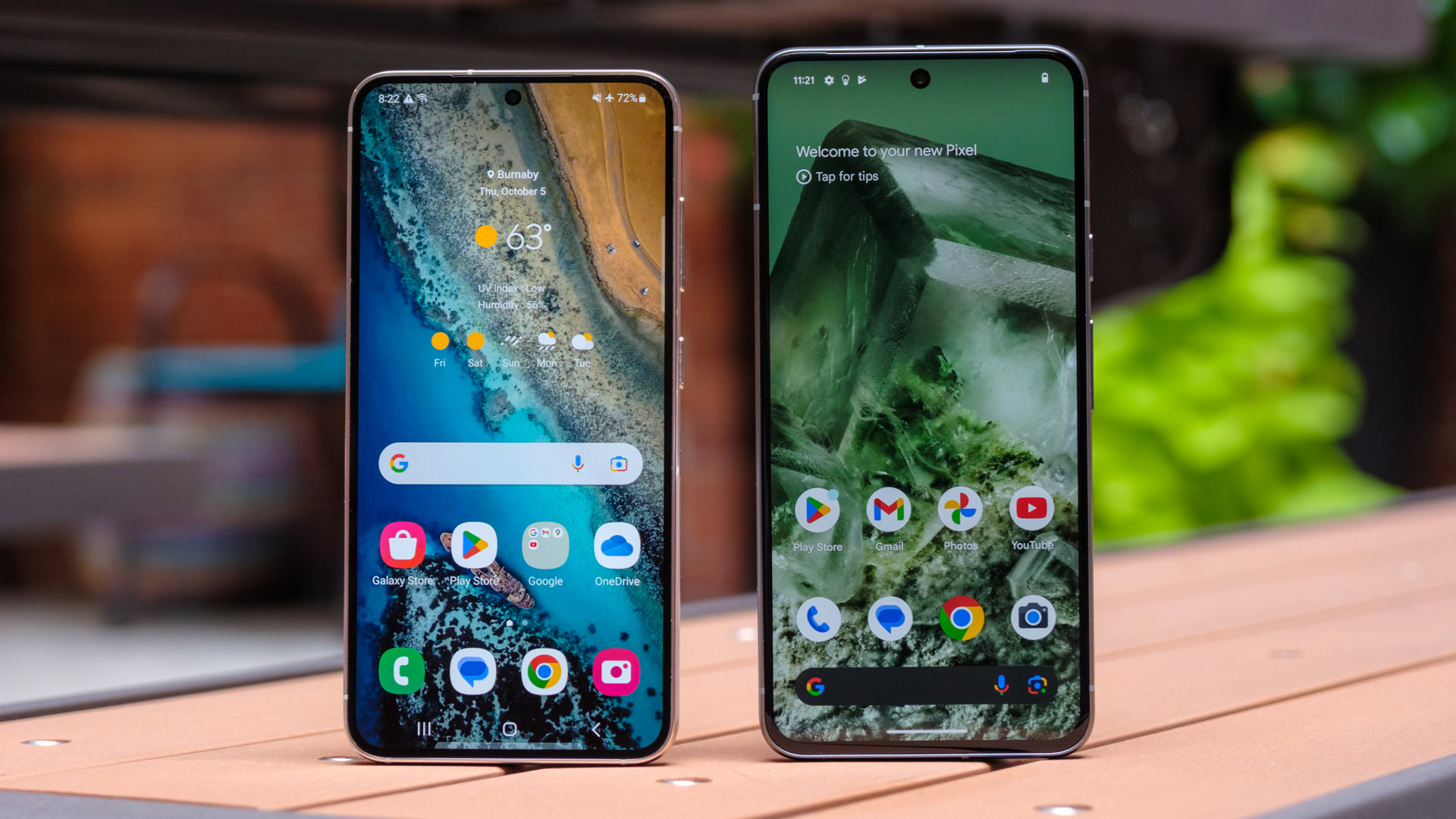
2023 was a pretty good year for smartphones. There was no shortage of quality Android phones on offer, from Google and Samsung to OnePlus and Xiaomi. And it also seemed like a big year for non-Samsung foldable phones too.
Now that 2023 is pretty much in the books, I’ve got a lot of items on my 2024 smartphone wishlist. So join me as I detail what I’d like to see from phones next year.
Sustained performance over peak numbers
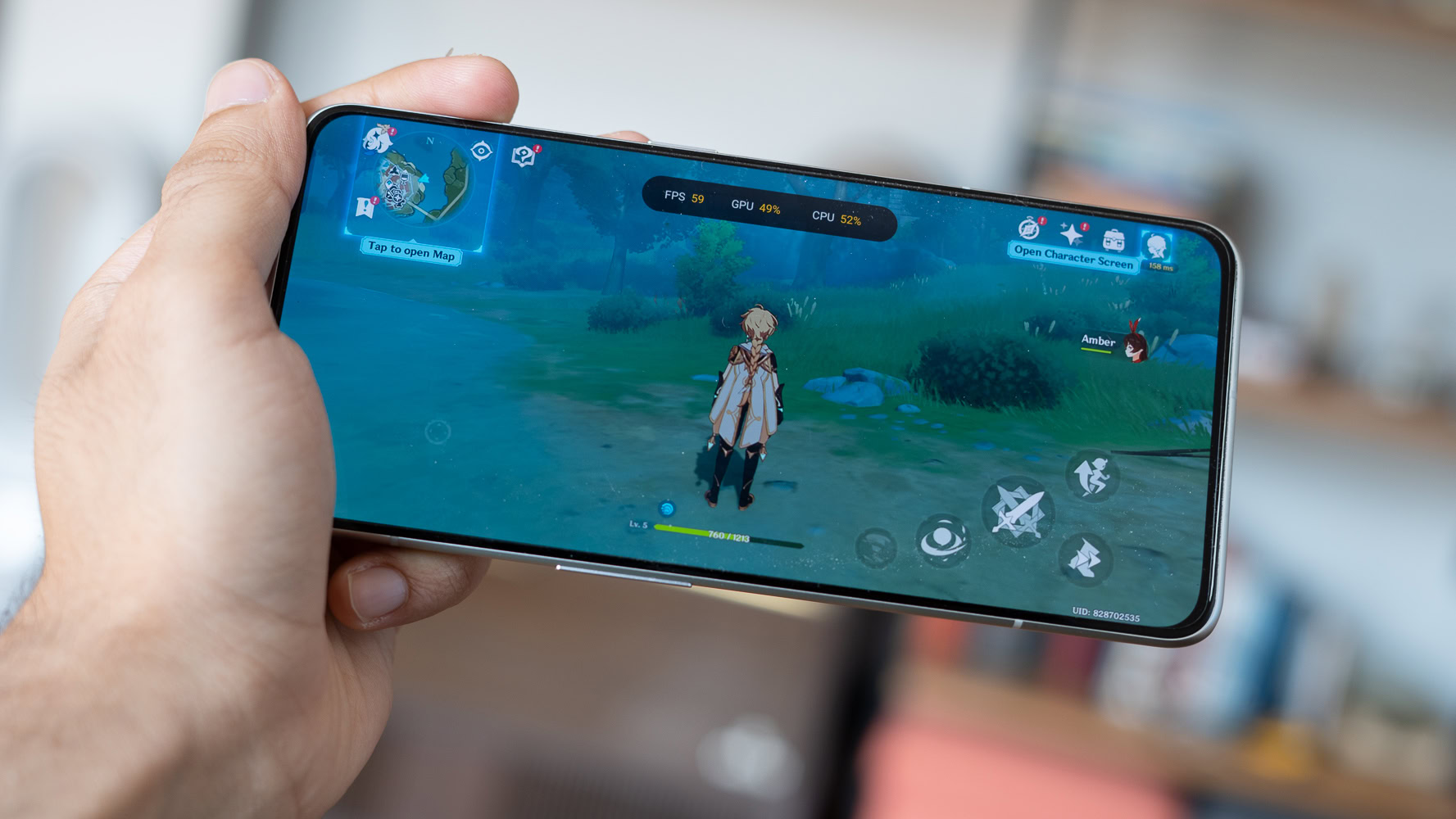
Qualcomm and MediaTek’s newly-announced flagship Snapdragon 8 Gen 3 and Dimensity 9300 processors are expected to power plenty of high-end phones in 2024. And both of these chipsets are touting big performance and efficiency gains on paper. That’s all well and good, but I really want smartphone makers to use these new chips to improve sustained performance.
I really want 2024's flagship phones to chase long-term performance over unsustainable peaks.
In our GPU stress tests, we found that several Android phones with 2023’s best chipsets saw major performance drops. These tests suggested that tasks like long gaming sessions would be a major challenge for consistent performance and heat dissipation. There were exceptions, like the Xiaomi 13 Pro, which had conservative peak numbers but emphasized sustained performance.
So we hope more manufacturers follow this path of chasing long-term performance rather than peak figures. After all, who cares if an Android phone has Apple-beating performance if this horsepower is only available for two minutes before considerably dropping?
More natural-looking photos
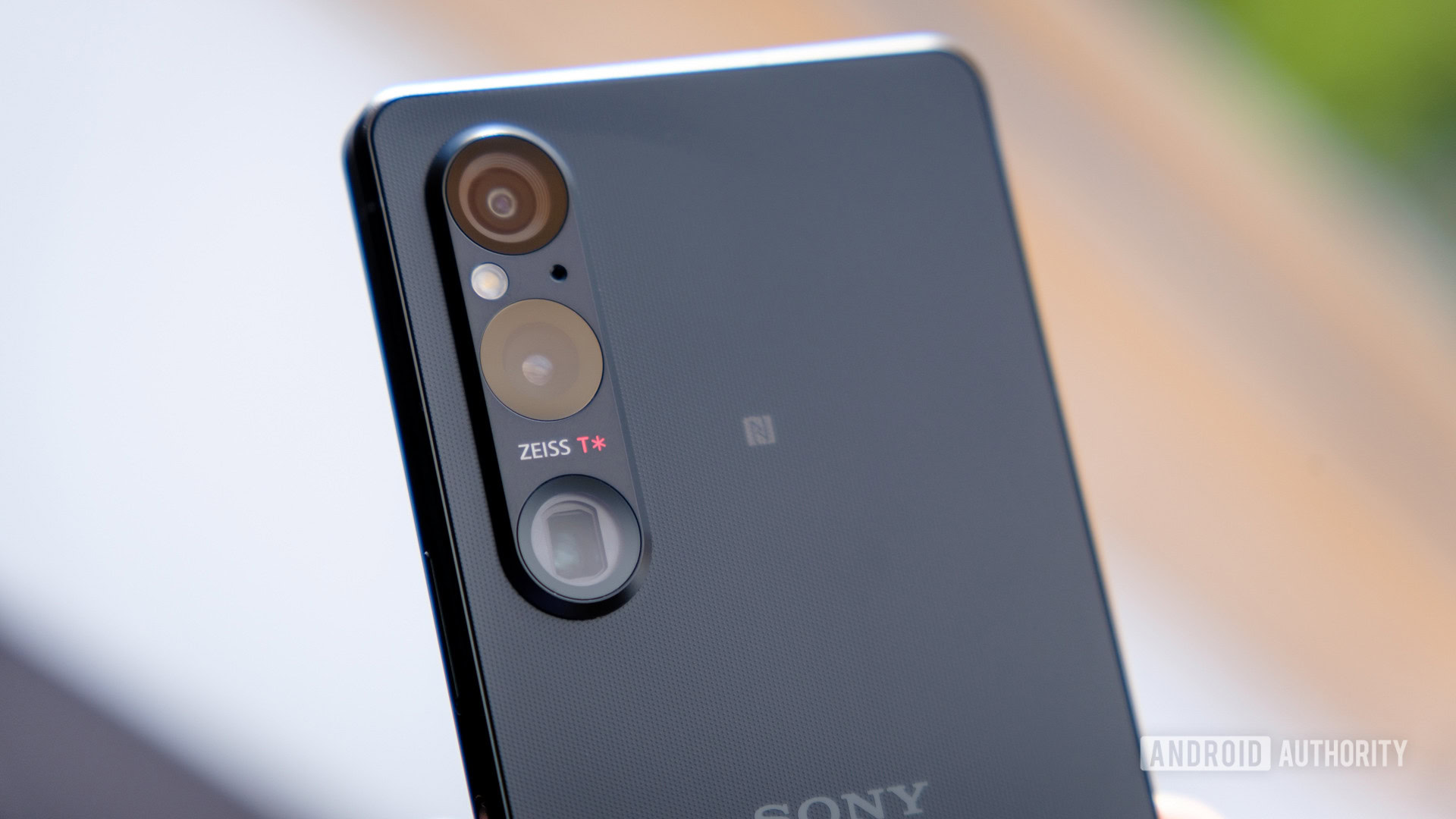
Many smartphone manufacturers have delivered oversaturated, over-sharpened photos for years now, as they leaned on software to cope with tiny camera sensors. But the best camera phones on the market now pack large sensors and loads of processing power.
Some brands now offer a natural color toggle for more realistic hues, with OnePlus, Xiaomi, and OPPO arguably leading the way in this regard. I’d really like to see more companies offering this color toggle, so everyone can be happy with the way their photos turn out. I’d also like to see less sharpening in general, with Google and Sony being two of the few brands taking this approach.
Phones that charge in less than an hour
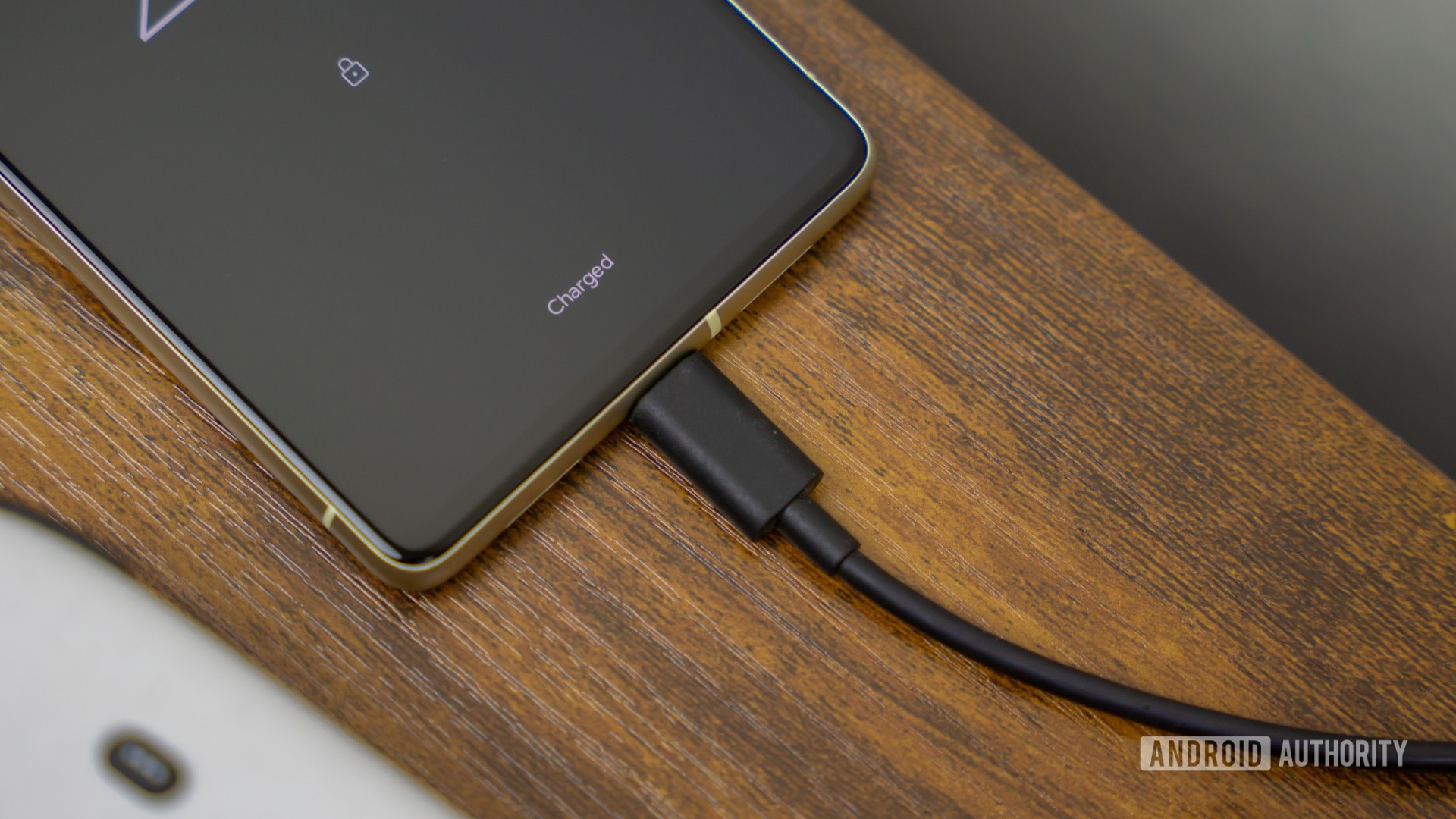
I switched from the HUAWEI Mate 20 Pro to the Pixel 7 Pro as my personal phone last year, and the most excruciating change has been the Pixel’s ridiculously long charging times. Google has improved in 2023, but our Pixel 8 charging test showed you’ve still got a long wait on your hands if you want a full charge.
It's a travesty that there are still expensive flagship phones on the market that take well over an hour to fully charge.
I’d love it if more brands embraced faster charging times in 2024. Now, I’m not wishing for 15-minute or 20-minute charging times. But even an hour would be a major improvement for the likes of Google and Apple. For example, the Pixel 8 series still takes almost 80 minutes to fully charge. How is a high-end phone in 2023 still taking a longer time to charge than some 2018 flagships?
Some readers will see this wishlist item and vehemently defend slow charging speeds, as fast charging can accelerate battery degradation. The counterpoint is that several brands already tout dramatically improved battery health despite fast charging. Plus, there’s nothing stopping OEMs from making slow charging the default while still offering an on-demand fast charging toggle.
256GB as the starting point for flagship phones
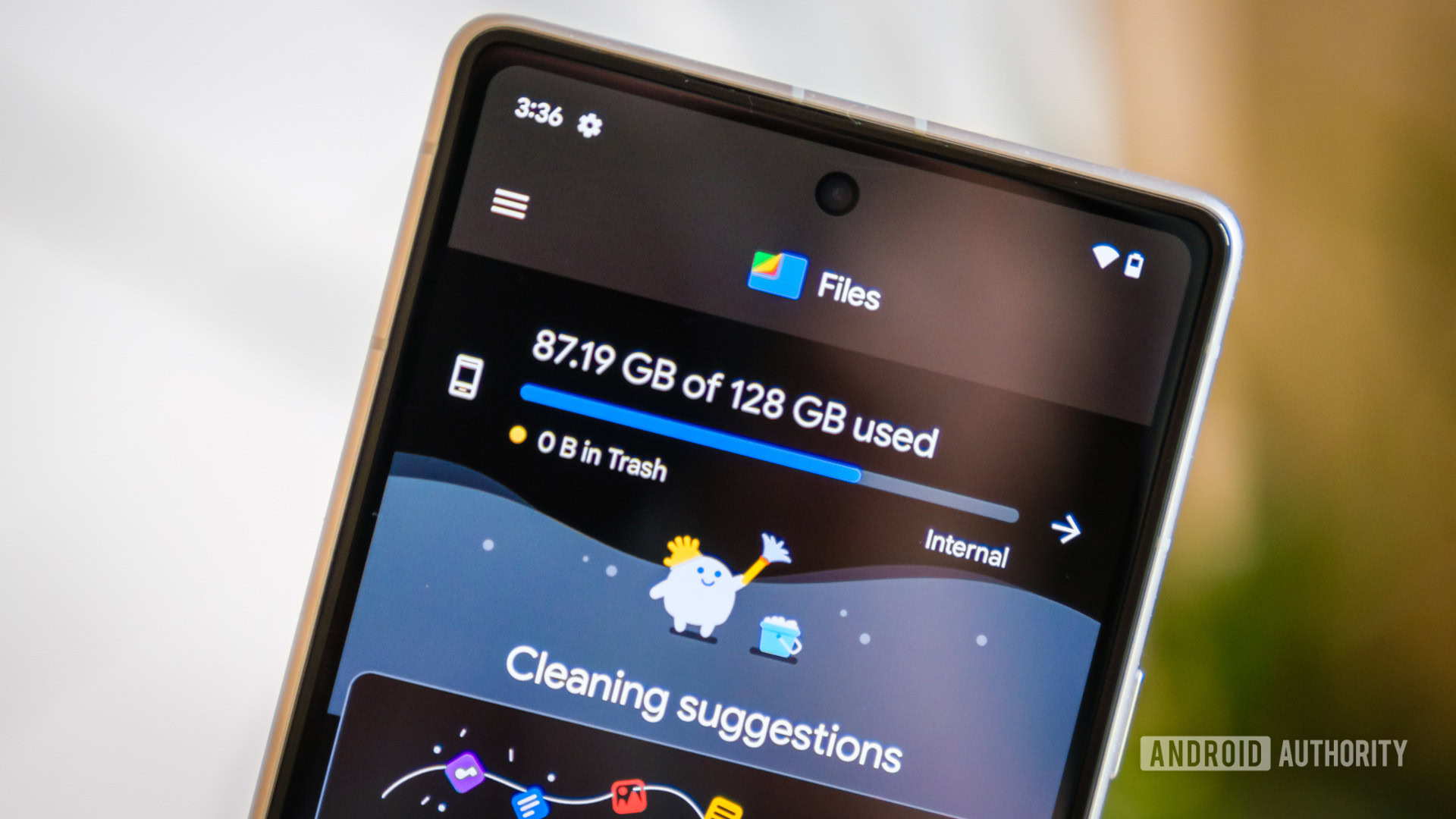
We’ve seen a few high-end phones with 256GB of base storage in the last couple of years, but this has been the exception rather than the rule. Instead, many flagships like the Pixel 8 line, iPhone 15 series, and Samsung Galaxy S23 offer 128GB of starting storage.
That’s a real shame as 128GB isn’t really much in 2023. Between high-resolution photos/videos, offline downloads for streaming services, and today’s multi-gigabyte games, 128GB simply doesn’t go as far as it used to. 256GB really should be the new base storage tier for flagship phones in 2024. Better yet, more brands could give us microSD storage. Now that would be real courage.
More versatile telephoto cameras

I love long-range telephoto and periscope cameras, but these zoom-focused lenses aren’t without their flaws. The biggest issue with your typical 5x or 10x periscope cameras is that they perform poorly in low light. The Pixel 8 Pro seems to somewhat buck the trend, though.
Telephoto and periscope cameras typically see a huge drop in image quality at night, but that could change in 2024.
In saying so, we’re seeing a trend for brands to adopt 3x or 3.5x periscope cameras with larger sensors and/or wide apertures. This does make for less effective long-range zoom on paper if everything else is equal, but it’s also resulted in significantly improved low-light quality on phones like the OPPO Find X6 Pro and HUAWEI P60 Pro. The latter even includes a cool macro option on its 3.5x camera.
The good news is that some of 2024’s flagships are following a similar pattern. The upcoming OnePlus 12 and Realme GT 5 Pro are confirmed to offer ~3x periscope cameras with wide apertures or large sensors, hinting at better low-light images. But I hope these aren’t one-off examples and we see more phones embracing this trend.
Foldable screens that look/feel more like glass
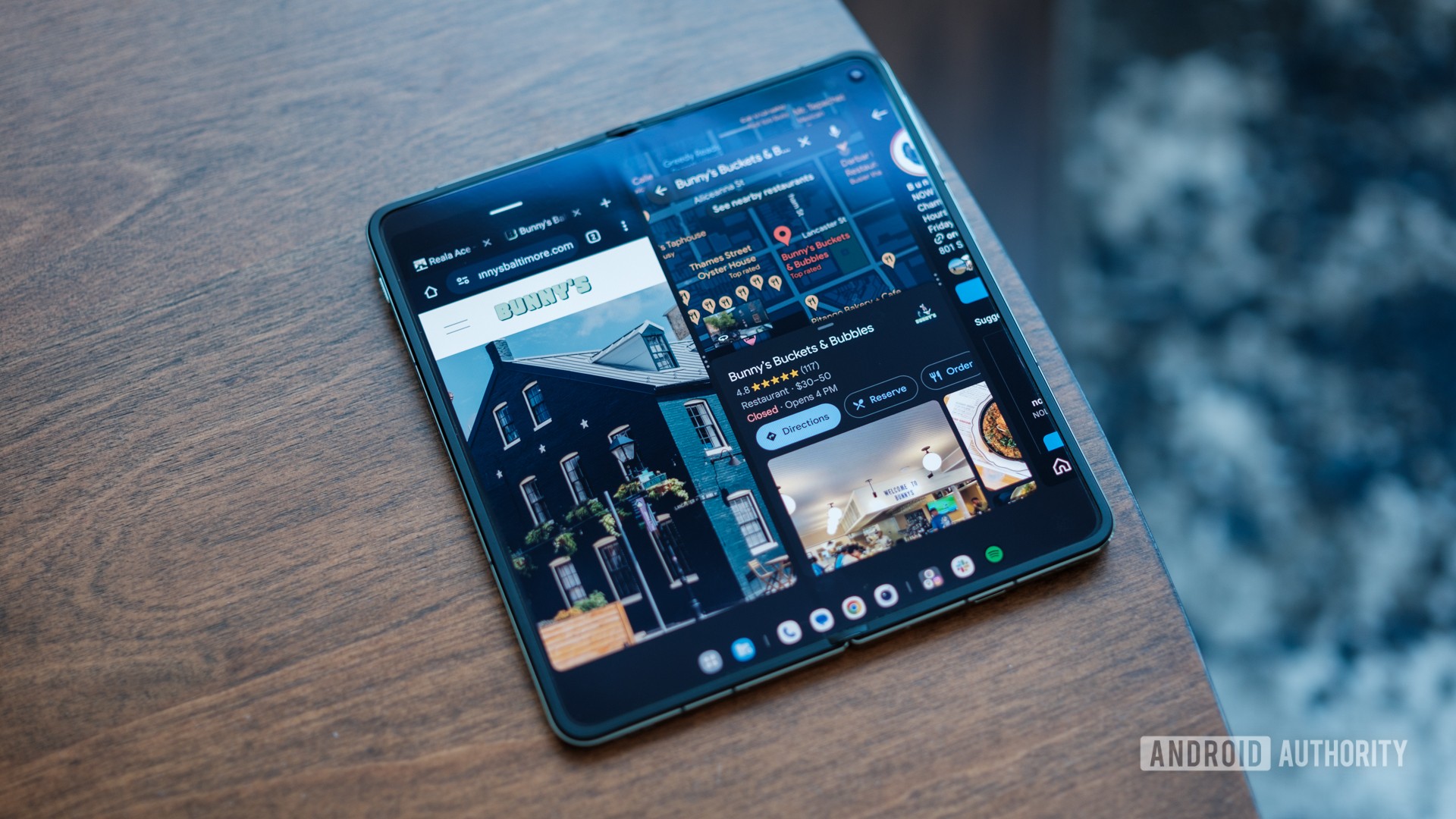
It seems like the foldable display crease is on the cusp of being eliminated thanks to devices like the OnePlus Open. But there are still plenty of ways that foldable phone screens can improve.
It’s still patently obvious to most people that these screens are plastic. You only need to look at them and touch them to realize that they’re not glass. I highly doubt we’ll actually see foldable glass screens in 2024, but I really want manufacturers to deliver a more glass-like experience. That is, a folding screen that feels more like glass while also dramatically reducing glare.
Do more with all those megapixels
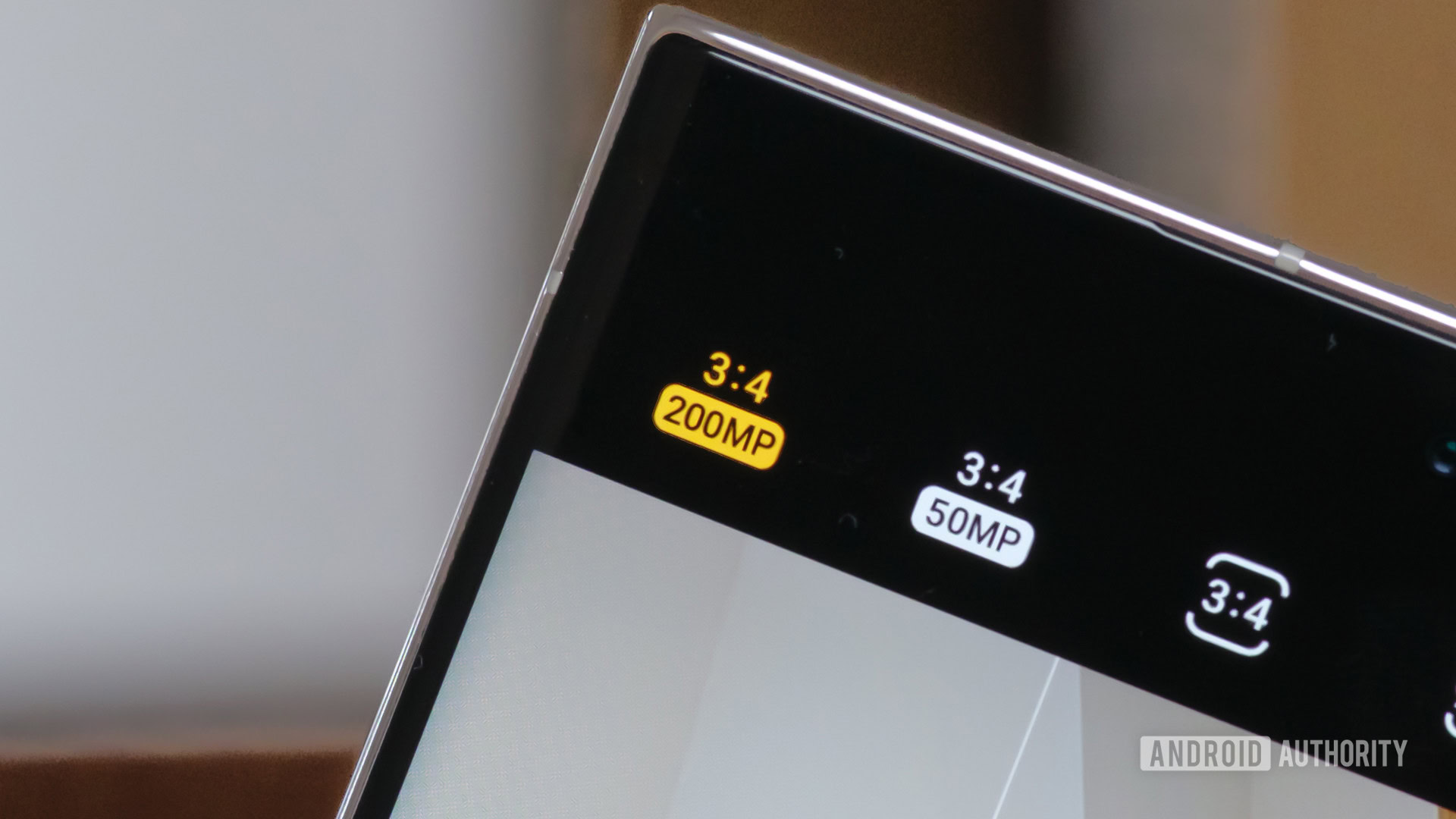
Smartphone brands should use their 50MP, 108MP, and 200MP cameras for more than just full-resolution snapshots. There is encouraging news on this front, as smaller brands led the charge a few years ago in using high-resolution cameras for cropped zoom. This approach — which typically delivers better image quality than a crop from a lower resolution sensor — has since been adopted by Google and Apple for 2x zoom (and 10x zoom in Google’s case).
I hope the mobile industry does more with ultra-high-resolution cameras than simply offering a noisy 200MP snapshot.
Samsung and Qualcomm also demonstrated impressive Zoom Anyplace technology in October, using a 200MP camera to simultaneously film a 1x video and a tracked 4x clip. That’s some innovative stuff and I’m betting that the Galaxy S24 phones will offer this functionality. Samsung’s Galaxy S23 Ultra also offers a 50MP pixel-binned image via its 200MP camera (in addition to the default 12MP mode), while the iPhone 15 Pro’s 48MP camera shoots at 24MP by default.
I’d therefore love to see more flagships grab and implement these tricks, and I’d also like to see more companies offer higher-quality full-resolution images. After all, today’s flagship chips support multi-frame image processing at up to 108MP, opening the door to reduced blur, better noise reduction, and HDR.